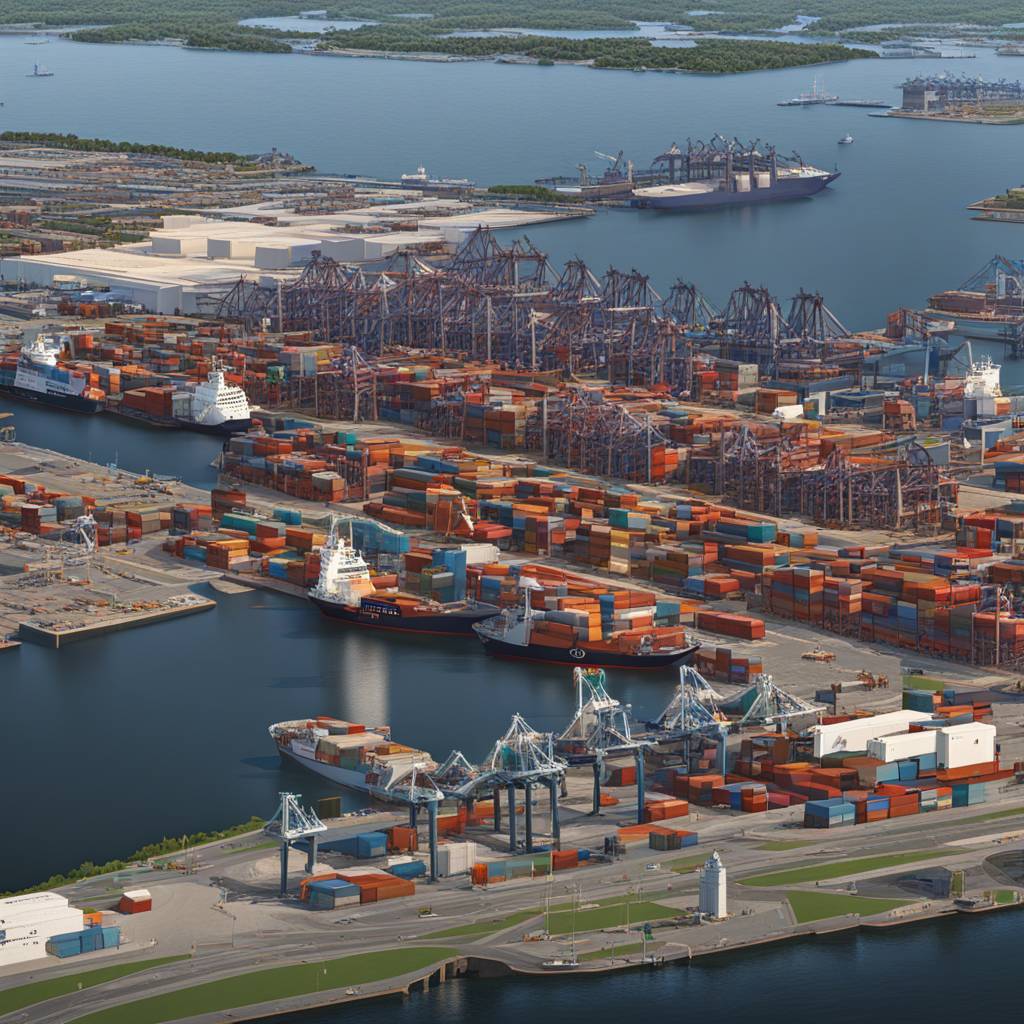In 2023, the Port of Baltimore was the leader in tonnage imports of various products such as passenger vehicles, plywood, kaolin-coated paper, aluminum, construction equipment, lead, and more according to U.S. Census Bureau data. However, a recent incident where a container ship struck and destroyed the Francis Scott Key Bridge, a crucial access point to the Atlantic Ocean, has raised concerns about how these imports will now enter the United States. With the port being a major hub for imports, the disruption has left various stakeholders in the supply chain scrambling to find alternative routes for their goods.
The impact of the bridge incident has shed light on the interconnectedness of the global economy and the challenges posed by disruptions in international trade. Manufacturers, freight forwarders, shipping lines, Customs brokers, and retailers are all working together to ensure that the products entering through the Port of Baltimore find their way to the ultimate buyers. This situation highlights the limitations of near-shoring as a solution to the complexities of international trade, emphasizing the importance of a well-functioning global supply chain.
Despite being ranked as the nation’s eighth top seaport by tonnage and ninth by value, the Port of Baltimore has experienced significant growth over the past decade. In 2023, it reached over $80 billion in two-way trade, marking a milestone in its trading history. While known for its imports, the port also leads the nation in the export of products like tractors, commercial vehicles, and poultry-harvesting machinery. Coal, in particular, stands out as the port’s top export by tonnage, highlighting its importance as a key player in the coal industry.
The disruption caused by the bridge incident has forced stakeholders to rethink their logistics strategies and consider alternative transportation routes for their goods. While the Port of Virginia is the nearest port that exports coal, the Port of Baltimore’s tonnage far exceeds that of the Virginia port. The Port of New Orleans also emerges as a significant port, although it handles less than half the tonnage of Baltimore. Finding the right matches for import and export goods has become a top priority for companies navigating the current supply chain challenges.
As the supply chain adapts to the bridge incident, the resilience of the global trade network is being put to the test once again. Stakeholders are facing the challenge of handling various imports and exports, including animal feed, tractors, poultry machinery, coal, passenger vehicles, and metal products. The coming days, weeks, and possibly months will be critical in determining how effectively the supply chain can adjust to the disruptions caused by the bridge incident. Overall, the situation serves as a reminder of the importance of efficient trade routes and the need for strong collaboration among supply chain partners to overcome unexpected challenges.













